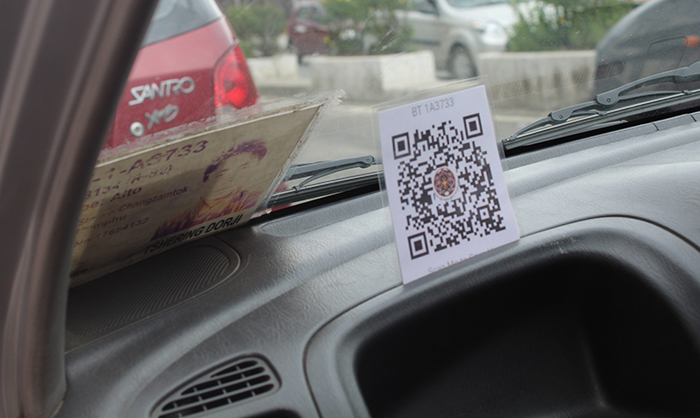Not many keen on using the app
Chhimi Dema
More than three weeks after the health ministry launched the Druk Trace app to help trace people in the wake of the Covid-19 pandemic, there is reluctance among people.
As of May 11, only 111,973 individuals have downloaded the app, which enables the ministry to trace people should there be a local transmission of Covid-19. This is about 15.2 percent of the total population using Druk Trace app that was launched on April 20.
Since the launch of the app, 45,821 offices, shops, parks, restaurants and hotels and 8,056 transport services, which includes taxis, buses and government vehicles, have created the QR (Quick Response) code from the app.
A shopkeeper at the Etho Metho Plaza said that customers do not even enter the shop if they are asked to scan the code. “Customers leave without scanning the QR code saying that they did not go out of the country and came from their homes,” she said.

While some users claim that they have already scanned at another location, others complained of the app not functioning.
Health ministry’s Chief ICT Officer, Garab Dorji said that three versions of the app were developed. In the first version, the QR code generated could not be distinguished from other QR codes. “Thinking that people might get confused, we inserted the national emblem. But the emblem was large that the code could not be read. Resizing the emblem led to the frequent update notification people received,” he said.
Garab Dorji said that users complained about downloading charges. The app does not consume high data because only time-stamped record is stored while scanning the QR code.
Garab Dorji said that since the app was developed on a need basis for contact tracing public consultation could not be held. The app collects only contact numbers of the users to ensure privacy.
For people without smartphone or the app installed, records of passengers and customers are maintained in a logbook. However, there were incidents shared among taxi drivers where contact numbers of passengers were misused.
Garab Dorji urged users to use the app to help the health ministry trace people should there be a local transmission. “It’s for your own safety and other’s.”
Discussion to develop the app by inserting GPS and Bluetooth features are held by the ICT team at the health ministry.
The ministry first developed the Stay Home app to maintain minimal contact and track the health status of those in quarantine. The app can only be used by those in quarantine facility.


